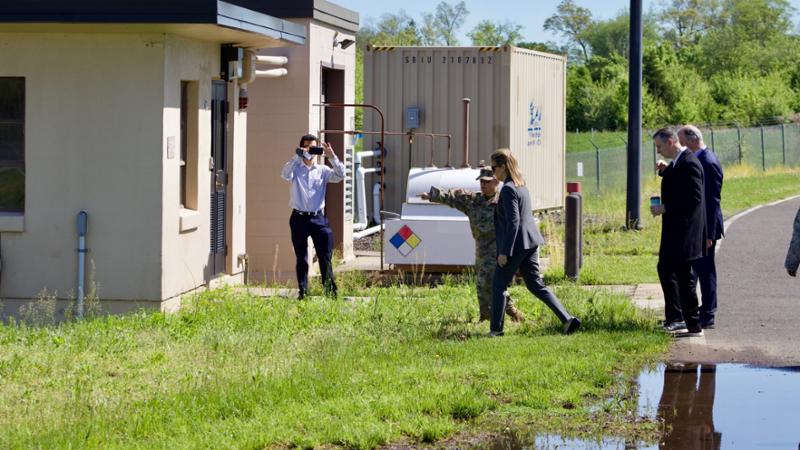The Black population inhales 56% more toxic air than it produces, whereas white people breathe in 17% less pollution than they release
As a worldwide phenomenon, environmental racism occurs when low-income communities of color are disproportionately exposed to pollution because of the areas they are forced to inhabit.
Factors such as the unavailability of affordable land, historical racism, and lack of political power to fight corporations are major contributors to environmental racism across the U.S. In the past, authorities would choose racially segregated neighborhoods as the sites for pollution hotspots such as industrial facilities, landfills, and truck routes.
As a consequence, nowadays, the Black population inhales 56% more toxic air than it produces, whereas white people breathe in 17% less pollution than they release.
Pennsylvania is no stranger to environmental racism. Located in the affluent, mostly white Delaware County, the small city of Chester is home to a low-income Black community.
However, it also hosts the nation’s largest trash incinerator, a sewage treatment plant receiving the entire county’s sewage, and many other waste processing plants, oil refineries, and industrial facilities.
Environmental racism has been acknowledged since 1993, yet Chester residents still face serious health risks due to the city’s unimaginable number of active polluters. Covanta Holding Corporation operates the waste-to-energy incinerator, which also burns trash from New York, Maryland, and New Jersey. This incinerator has the fewest pollution controls enforced of any of the six in the state.
While Covanta is one of the worst polluters in the region for nitrogen oxides, mercury, lead, dioxins, and other toxins contributing to cancer, asthma, birth defects, and learning disabilities, there are two more obscure environmental racism contributors nearby – Horsham Air Guard Station and Naval Air Station Joint Reserve Base Willow Grove.
People who live close to these military bases, most of whom belong to disadvantaged communities, are constantly exposed to perfluoroalkyl or polyfluoroalkyl substances, commonly known as PFAS, from drinking water. The source of these hazardous chemicals on military installations nationwide is the aqueous film-forming foam, or AFFF, a fire suppressant used since 1967.
The residents of Montgomery and Delaware counties are exposed to numerous toxic agents
Established in 1928, Horsham Air Guard Station is a military base located in the township with the same name. Today, it is known as Biddle Air National Guard Base.
The drinking water at the military facility became severely contaminated with PFAS as a consequence of firefighters’ activity. Out of this group of chemicals, PFOS and PFOA are currently known to be the most dangerous, as they have a strong association with cancer. The highest level of these contaminants ever measured in the drinking water at Horsham Air Guard Station was roughly 4,424 times over the safe exposure limit.
Military bases are a big contributor to environmental racism in southeastern Pa. | Opinion




